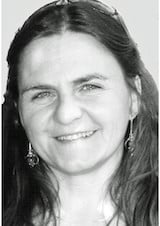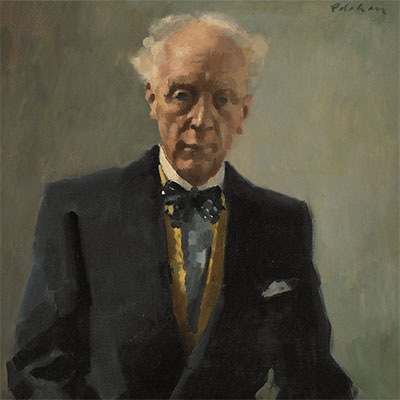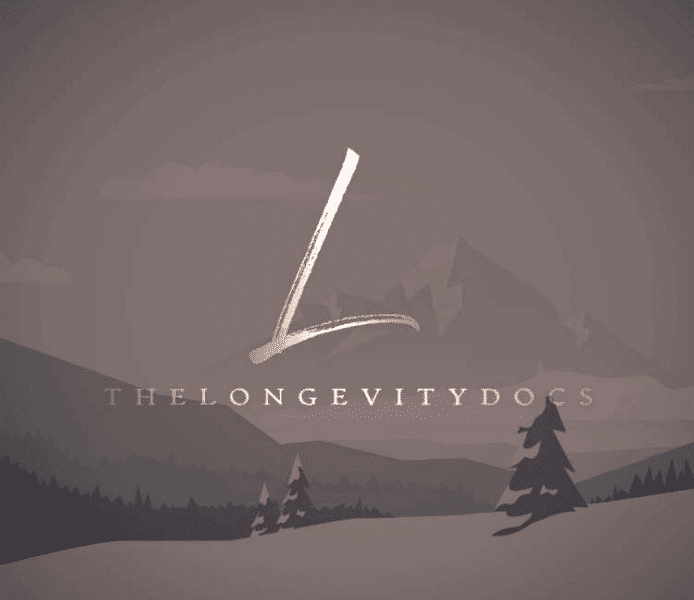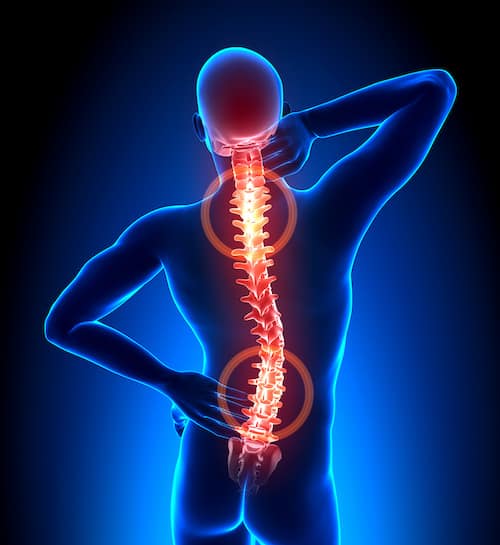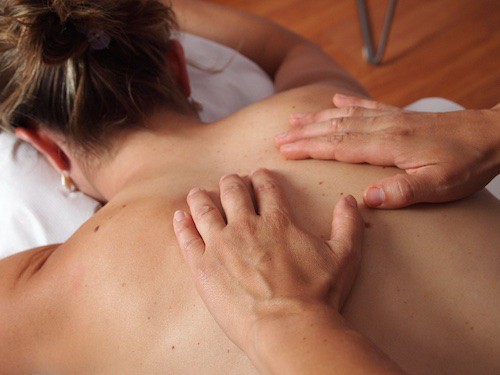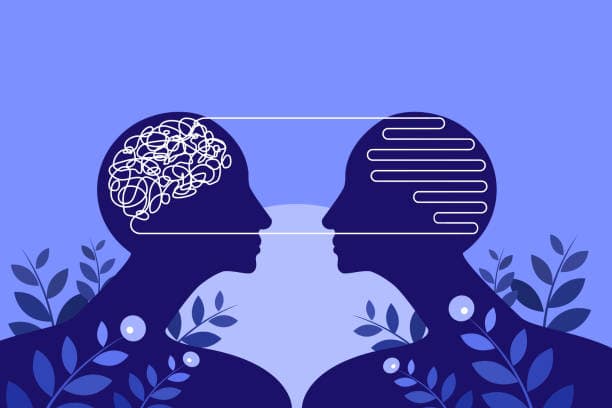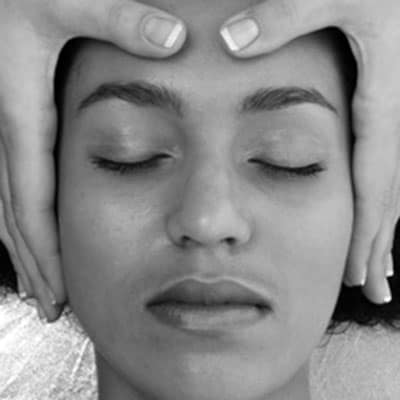
What is Craniosacral Therapy?
Craniosacral Therapy is a gentle way of working with the body using light touch. People sometimes ask about the name Craniosacral Therapy and think it only refers to the head. In fact Craniosacral Therapy works with the whole person and changes may occur in body, mind and spirit during and after sessions.
When a Craniosacral therapist places her hands lightly on you, she is using them to listen to you in much the same way that a counsellor might listen to your words. Your body responds to this sensitive touch by beginning to listen to itself. A feeling that you have been heard in the truest sense of the word is a common experience during and after a Craniosacral session.
These are some of the words and phrases that people have used to describe their experience of Craniosacral Therapy: “Comforting, inner peace, a sense of relief, deep stillness and relaxation, connection, feeling accepted, feeling more fully alive, put back in one piece, feeling whole again”.
Who is it for?
People may come for Craniosacral Therapy because they have acute physical problems like headaches or bad backs, or long-standing problems both physical and emotional. Others come for ongoing support in their busy lives and for help to meet life’s challenges.
Because it is so gentle and non-invasive, Craniosacral Therapy is suitable for everyone from newborns to the elderly. Mothers and babies often come for problems associated with difficult or traumatic births. Letting go of tension and fear held in the body enables both to settle into calmness.
Craniosacral Therapy supports your body’s innate ability to balance, restore and heal itself, as well as helping to reduce stress and build your underlying energy. The practitioner senses tensions in the body and helps to release them in a supported and comfortable way. During or after a session you may feel calm and energised, with increased clarity of mind and a feeling of well-being.
Text from The Craniosacral Therapy Association

